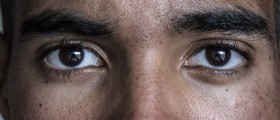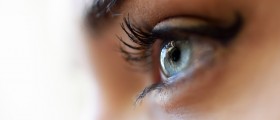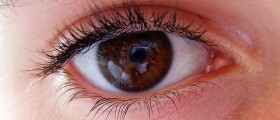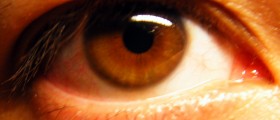
Damage to the retina of the eye caused by diabetes mellitus is medically termed as diabetic retinopathy (DR). In fact, diabetes is the leading cause of blindness among the population of the developed world.
Diabetic Retinopathy Overview
Diabetes is a chronic medical condition characterized by body’s inability to produce enough insulin or failure to use insulin. People suffering from either type 1 diabetes or type 2 diabetes are prone to develop eye problems. This includes cataract, rubeosis iridis, glaucoma and ocular motor nerve palsies. However, the most common eye disease caused by diabetes is diabetic retinopathy.
Diabetic retinopathy develops due to damage to blood vessels in the retina of the eye. The retina is the light sensitive layer of tissue at the back of the eye. Changes in the retina pose threat to vision and may eventually lead to complete vision loss.
The longer one suffers from diabetes, the more diabetic retinopathy is likely to develop because high blood sugar gradually damages capillaries that provide nourishment to the retina. People with uncontrolled diabetes are also at higher risk for diabetic retinopathy.
Stages of Diabetic Retinopathy
Diabetic retinopathy can be classified into early or nonproliferative diabetic retinopathy and advanced or proliferative retinopathy.
Nonproliferative retinopathy is the early stage of diabetic retinopathy. In this stage patients develop microaneurysms featured by blocked and enlarged areas of the retina’s blood vessels. This can cause leaking of fluid and blood into the retina resulting in swelling or edema. Nonproliferative retinopathy results in decreased vision.
Proliferative retinopathy is advanced and severe stage of diabetic retinopathy characterized by the growth of new blood vessels in the eye. These abnormal blood vessels grow along the retina and along the surface of the vitreous gel. They are fragile and may leak blood. In proliferative retinopathy scar tissue develops which results in retinal detachment, glaucoma or blindness.
Symptoms of Diabetic Retinopathy
Diabetic retinopathy often does not cause symptoms in the early stage of the disease. However, symptoms start to appear as the condition progresses. This eye disease usually affects both eyes and causes fluctuating vision, shadows or missing areas of vision, blurred vision, impaired night vision, floaters and flashes, impaired color vision, poor color vision and sudden vision loss.
Treatment for Diabetic RetinopathyNonpriliferative retinopathy usually does not need to be treated. The eyes must be closely monitored and the patient must control his/her blood sugar levels. Proliferative retinopathy requires treatment with laser surgery. There are different surgical procedures for diabetic retinopathy such as focal laser treatment, scatter laser treatment and vitrectomy.

















Your thoughts on this
Loading...